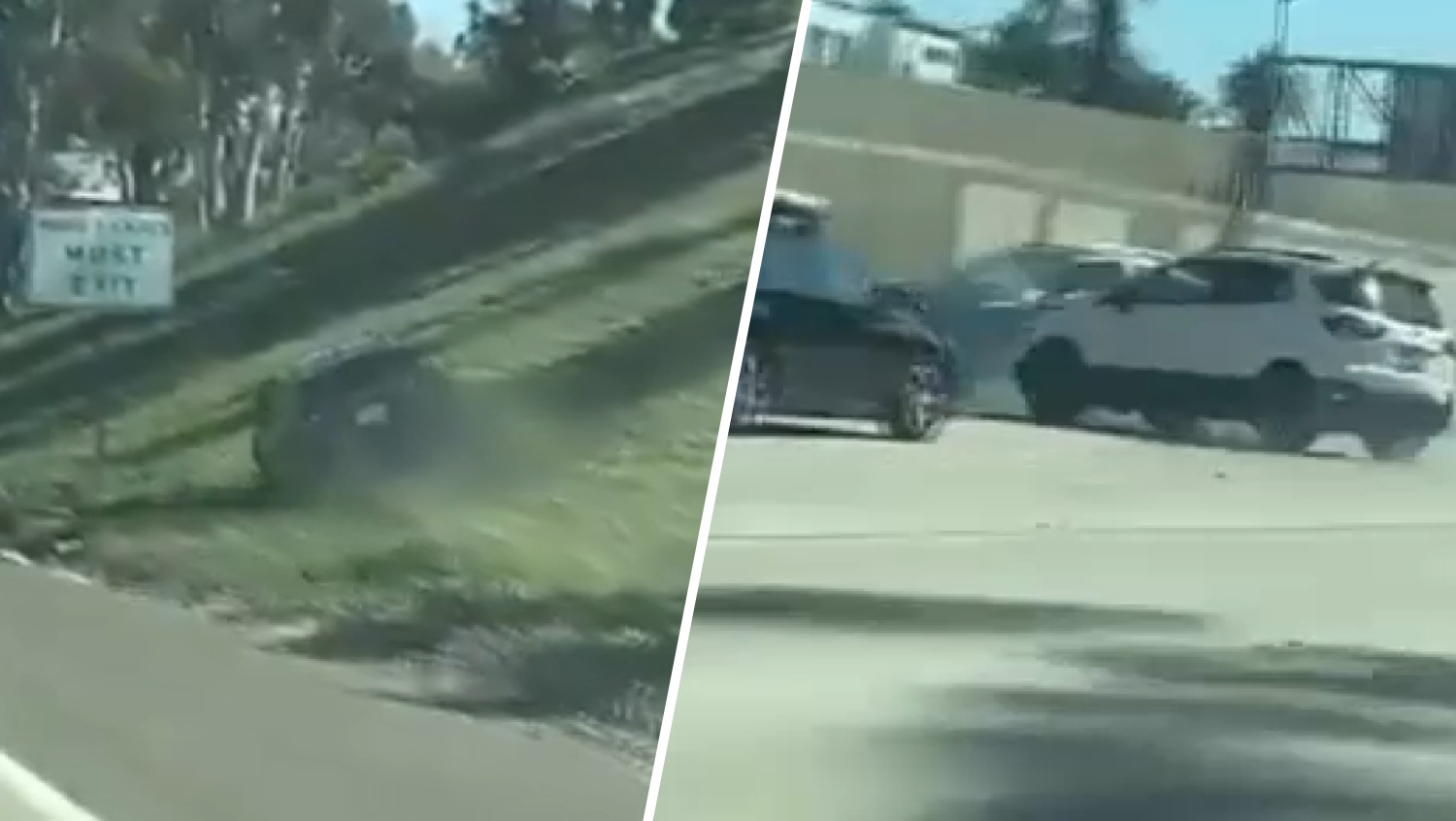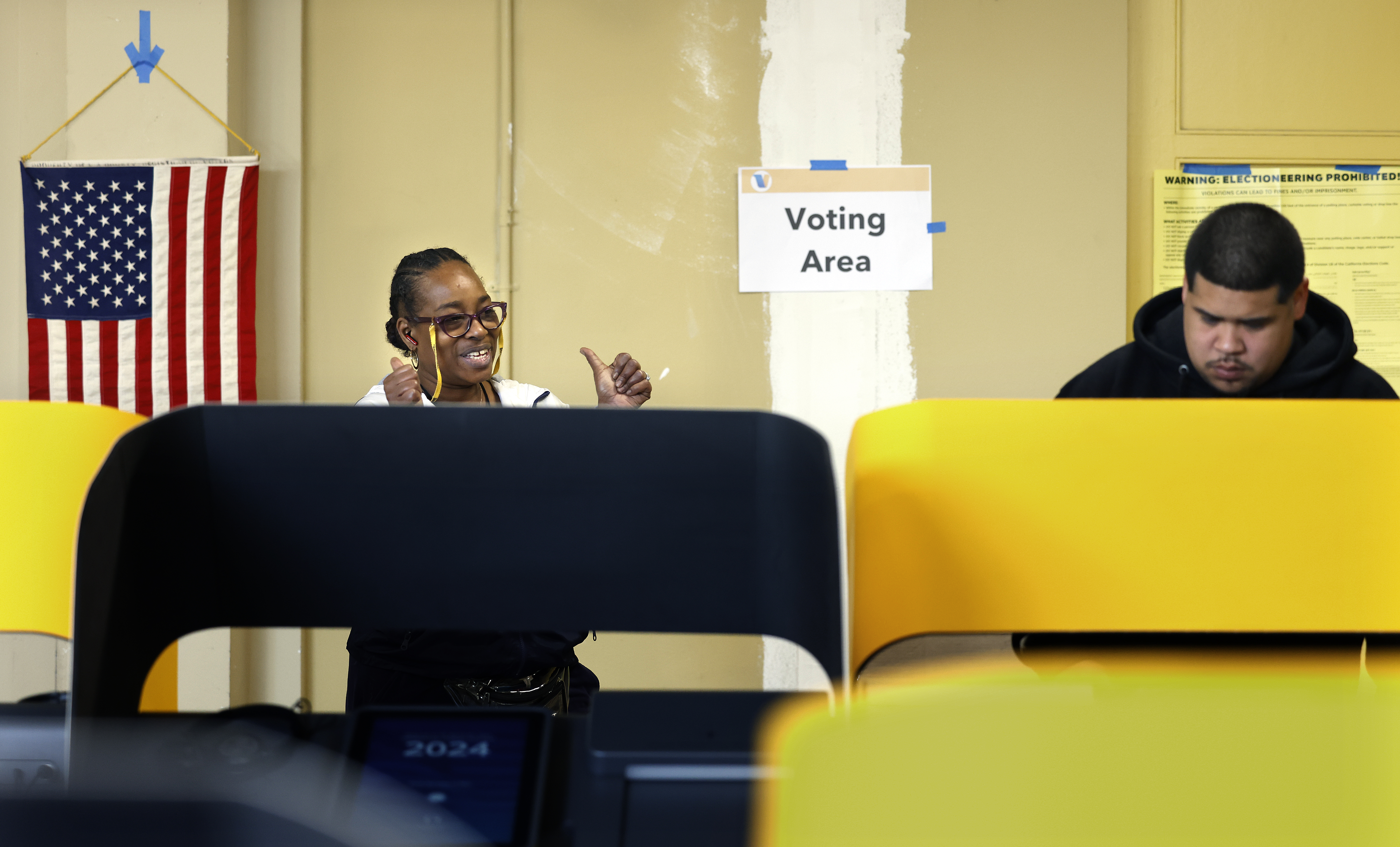Editor's note: NBC 7 has corrected this story to reflect DHS statements that they do not have plans to use facial recognition data on minors under 14, which MIT Technology Review first attributed to John Boyd, assistant director of the DHS's Office of Biometric Identity Management.
The Department of Homeland Security already uses facial recognition with adults and teens, but is now exploring ways it could utilize the technology with children younger than 14, according to a report from MIT Technology Review.
The exploration of utilizing facial recognition on minors was first presented by John Boyd, assistant director of the DHS's Office of Biometric Identity Management (OBIM), during a presentation about emerging technology and theoretical aplication.
Boyd told the outlet facial recognition data is not yet being collected under the program but his team -- which researchers and develops biometric identity services for the government -- but his office is "funding" it, the outlet reported.
Get top local stories in Southern California delivered to you every morning. Sign up for NBC LA's News Headlines newsletter.
Seth Hall with San Diego Privacy, however, raised concerns.
“If this technology is going to scan a face — a certain percent of the time, it's going to get that face scan wrong and it's going to produce a result,” Hall said, “for example, at the border, where somebody is holding a small child and a decision is going to be made about that person's safety based on this facial recognition technology that has errors and that is faulty. Sometimes that is going to have an enormous impact on that person's life.”
Oftentimes, there’s no parent involved at all.
California
News from across California
Syracuse University’s Transactional Records Access Clearinghouse's (TRAC) most recent data from 2022 reports nearly 340,000 kids came to the U.S.-Mexico border. Nearly half were by themselves.
Pedro Rios is a pro-migration advocate who has been working with families crossing the border for about 20 years. His main concerns with the government scanning kids’ faces are those power dynamics and the kids’ inability to give consent.
“This is a vulnerable population group that usually would not understand the power relationships of a border agent instructing them to place their face in a certain way for a pilot test,” Rios said. “It should not be happening.”
Hall has all of these same concerns, including a gap in security.
“We are coercing them into giving up their biographical information,” Hall said. “They don't know how it's going to be used against them. And they probably feel like they have no choice.”
DHS told MIT Technology Review that it ensures all of its technologies operate legally and are committed to protecting everyone’s privacy and civil rights.
"The Department of Homeland Security uses various forms of technology to execute its mission, including some biometric capabilities. DHS ensures all technologies, regardless of type, are operated under the established authorities and within the scope of the law. We are committed to protecting the privacy, civil rights, and civil liberties of all individuals who may be subject to the technology we use to keep the nation safe and secure," the statement to the outlet read.
DHS told NBC 7 it does not collect facial recognition data from minors under 14 and "has no current plans to do so for either operational or research purposes."
Hall said the DHS needs to prove it.
“The place and time for us to investigate these things and to demand accountability for them is where they are now, because they are only going to become more and more a part of your life and my life the longer we wait,” Hall said.
Since last year, CBP has been using a mobile app for migrants to submit selfies before they enter the United States. This is required to verify their identity, but users say the app has technical problems and not all migrants have a smartphone.



